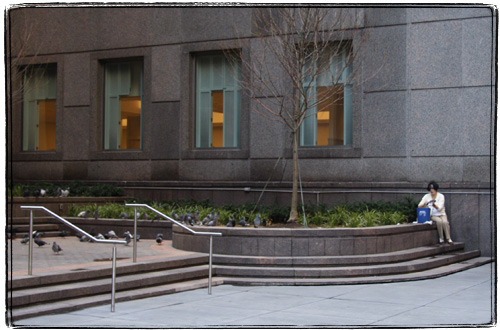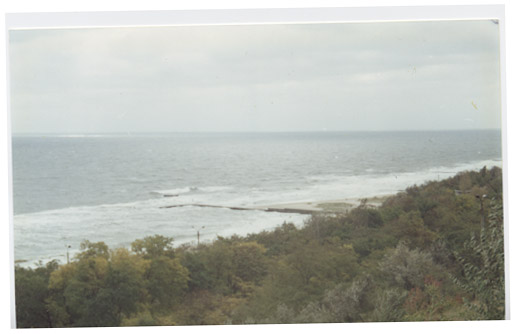New York Transit Museum operates a special subway train made out of a ragtag selection of vintage trains. Normally these trains are used as a stationary exhibit, sometimes as a vehicle for special events (like the Old City Hall station tour), but sometimes all straphangers are in for a treat: the train operates on normal subway lines.
Most people view subway trains as uniform utilitarian objects, stainless steel worms that swallow them in point A and if everything goes well spit them out in point B. But in reality the modern NYCTA system is made out of a hodgepodge of different train models, a legacy of three different subway systems. Many old train models have been retired, like the beloved “Redbird” trains. And by retired I mean dumped into the ocean to become artificial reefs in NJ. I remember riding redbirds, and sometimes used to encounter other old trains before they have been scrapped in favor of the more technologically advanced, but poorly designed R160-style trains. The museum train is a special case of this.
The rivets and a mishmash of large windows and steel panels give the old R1 cars look of living prehistoric creatures. Graffiti writers of the 70s hated these cars because they did not have a lot of flat surface to cover in paint and called them “ridgys”. Modern train cars mostly do away with the front windows, cutting off the whole front for a spacious machinist’s cab.
This unfortunate design decision leaves less space for passenger and does not allow kids of all ages to get “machinist’s view”.
These trains don’t sound like the new ones: they don’t make the “ding-dong” sound when the doors are closing, but produce a pleasant “ksssht-pfft” noise of a pneumatic actuator. Instead of whining a few melodic notes like the R160s, R1s roar like propeller planes.
One unique feature is the lack of large plastic American flag stickers that were added to all trains after 9-11.
Helvetica was not dominating the typography of the subways yet. In fact, it was not yet created.
The alternate reality feeling permeates the cars. Dangerous looking ceiling fans, exposed incandescent lightbulbs and vinyl seats were from an era less concerned with vandalism.
State of the art pre-war climate control: rider-accessible vents
and futuristic fans
The tiny little rattan seat behind the machinist’s cab and the completely different design of the hand strap.
One of the biggest difference with the modern trains is how the conductor works. He operates the train with the two hand grips while standing precariously between the cars.
Here’s a video that shows this a little better
One of the coolest parts is the fact that you can ride between the cars (something that is against the modern MTA rules. “<a href=”http://www.deadprogrammer.com/looking-at-the-things-flashing-by/”>Looking at the things flashing by</a>” normally gets you a ticket, even if it’s an amazing experience.
Here’s a video:
Gold and pinstripe “CITY OF NEW YORK” signs are gorgeous, but the ad reproductions are more entertaining than authentic.
A friend of mine who remembered these trains from his youth told me that the part that he hated the most about them were the rattan seats: they tended to fray and fragment into pin-sharp pieces of fiber. Rattan seats look beautiful and are extremely comfortable when new, but I indeed sat down on one seat that had a broken section that was uncomfortably sharp. On the other hand all of these trains feature “conversation-style seats” turned 90 degrees to each other instead of the horisontal rows of benches that are the standard today.
Some dubious advice, although I’ve seen this happen.
I’m pretty sure this patent ran out by now.
Currently this train operates every Saturday through January 19th. This page lists the schedule of departures. A round trip to Queens takes about an hour. The best way to catch the train is to arrive on 2nd Avenue stop of the F line in Manhattan. The train spends about 10-20 minutes standing in the station there, so it’s easier to catch. In Queens it does not stand on the platform, but the departure times are pretty accurate. If it’s more convenient, you can just spend a 15 mintues to half an hour waiting along the weekday M train stops, like 47-50th Street/Rockefeller Center.




















